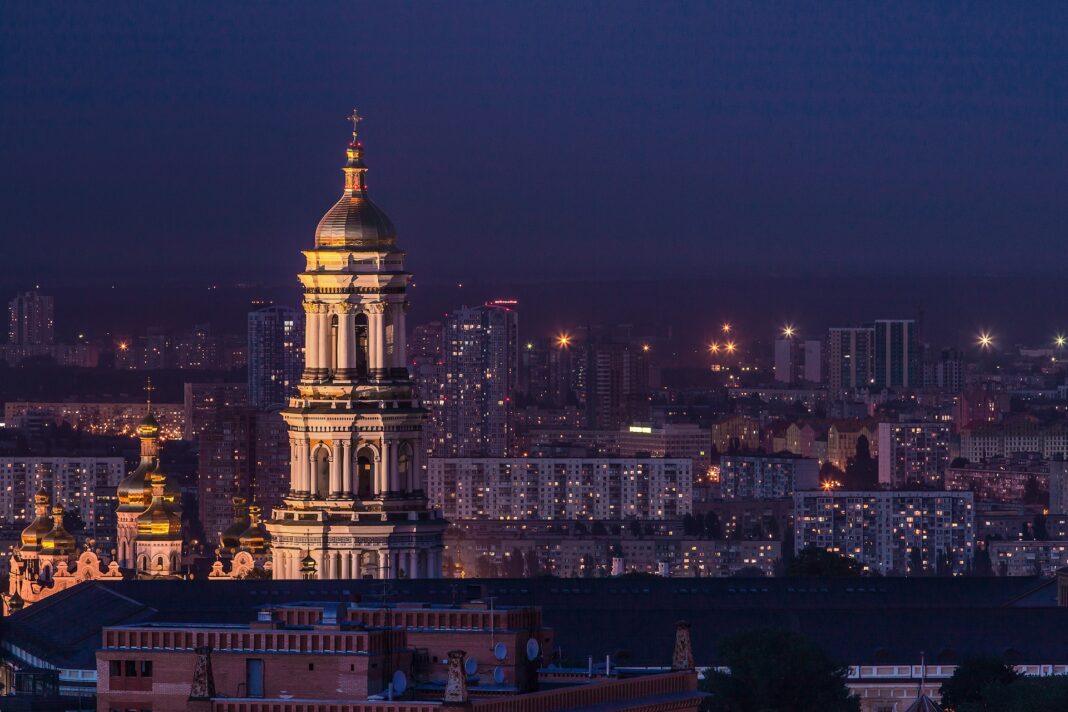UNITED STATES—The Russian invasion of Ukraine in February 2022, as part of the years-long Russo-Ukrainian conflict, left many of Ukraine’s citizens homeless and seeking refuge in the U.S., especially along the West Coast. As of October 2023, an estimated 6.2 to 7.1 million Ukrainians have sought relief as refugees in global countries. California is one of several states to welcome the highest number of Ukrainians in need of lifelines.
The U.S. Response to Tragedy
In 2022, the Biden Administration approved the Uniting for Ukraine policy as a legal means to admit Ukrainian refugees into the country. By September 9, 2022, California, Illinois and New York had made more than 46,000 sponsorship requests. More than 87,000 people received travel permission. At several points in 2022, the U.S. Citizenship and Immigration Services processed 900 sponsorship applications daily. Although the policy capped approvals at no more than 125,000 refugees for 2022 and 2023, the U.S. eventually admitted a much higher number. By February 2023, the government allowed more than 271,000 refugees into the country. Of this number, 150,000 came into the country through traditional programs or illegally. The U.S. continues to attempt to help new refugees every day.
California Offers Ukrainian Refugees Familiarity
Many Americans of Ukrainian ancestry or birth have submitted sponsorship applications for loved ones and overseas’ community members. According to this how to page, to enter the country under Uniting for Ukraine, a refugee must prove that their sponsor intends to financially support them. The “parole authority” or “humanitarian parole” policy allows them to remain in the U.S. temporarily for two years and then, if necessary, apply for additional time. The policy also gave special status to pre-established Ukrainian students and workers.
Per a 2019 Migration Policy Institute report, more than 50% of all Ukrainian immigrants throughout the nation live in only four states (California, Illinois, New York and Washington). Although Chicago, New York City and Seattle have welcomed large populations of legal-entry immigrants, many Ukrainians settled in California’s largest cities, including Los Angeles, Sacramento, and San Francisco. Sacramento has the highest population of two Ukrainians per every 250 residents. As a result, it’s no surprise that Ukrainians living in and around these regions, as residents and members of churches and support organizations, have offered refugees solace. New arrivals don’t have to experience too much culture shock. They can find familiar foods, languages, cultural elements, and other aspects of home.
High Wire Act: Balancing Aiding Refugees and Legal Immigration Policies
Uniting for Ukraine and other policies and programs aren’t designed to give Ukrainian refugees traditional immigration status or the opportunity for a citizenship outcome. Instead, these plans help them find a safe harbor until the storm of war passes. While in the U.S., they can seek an education, work in various industries and roles, and enjoy the diversity of American life.
That said, the government doesn’t want to repeat past refugee crises in which residents of other countries refused to return home after their countries became safe again. With this in mind, the Biden Administration made it clear from the start that rapid admittance as a refugee in this situation isn’t a way to acquire permanent citizenship.
Yet the risk of illegal immigration (i.e., from neighboring countries or admitted refugees refusing to return to Ukraine after the war ends) has never been higher. The risk increases based on the length of the war and the types of refugees. For example, young children brought into or born in the country might have difficulty accepting relocation to Ukraine after experiencing American life. Additionally, some refugees see this as an opportunity to learn about the country and either apply for legal immigration status or stay illegally.
In August 2023, the Biden Administration extended Temporary Protected Status for more than 160,000 estimated Ukrainian refugees under the Uniting for Ukraine policy for another 18 months until April 19, 2025. As a result, while the war continues abroad, anyone in California or elsewhere whose parole status was supposed to end in 2024 received additional time.






